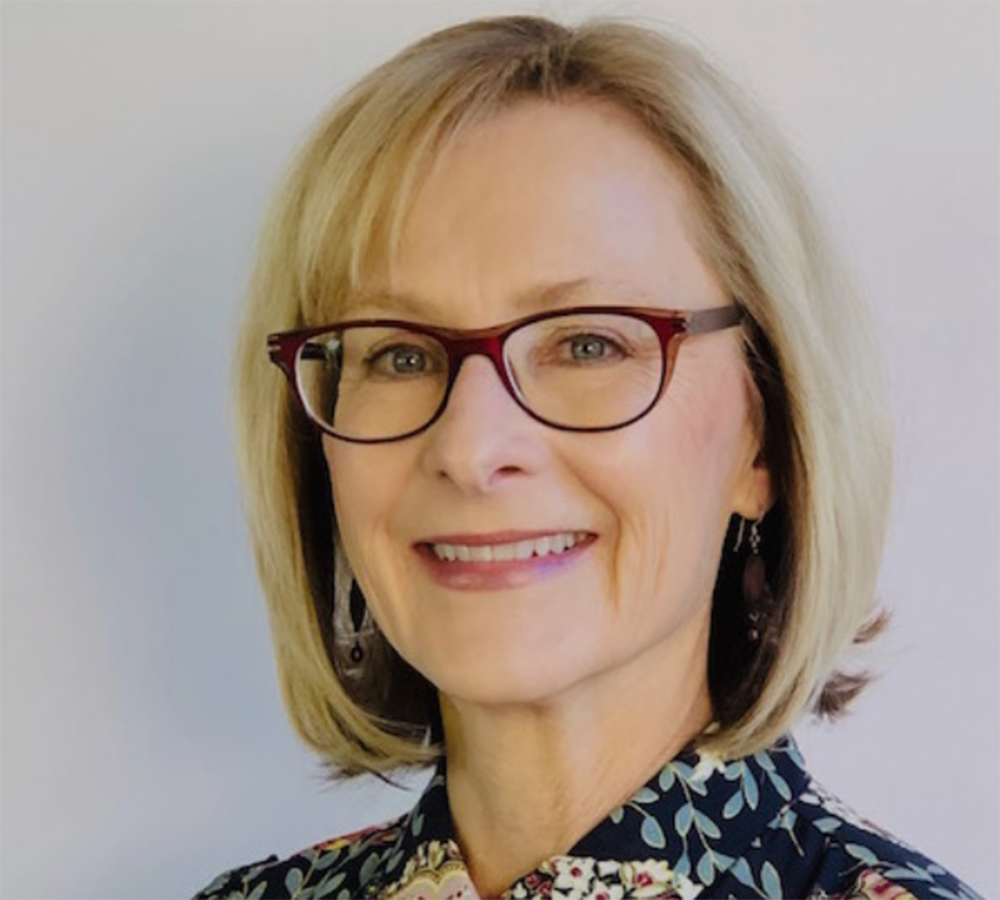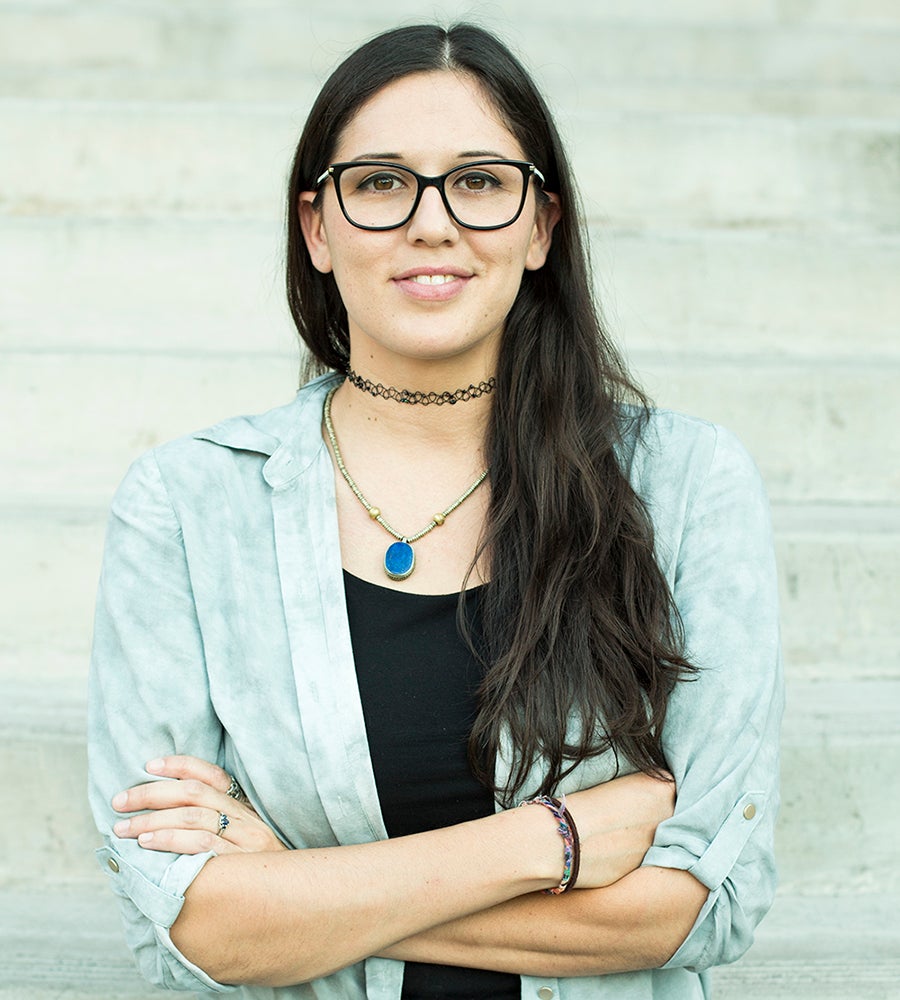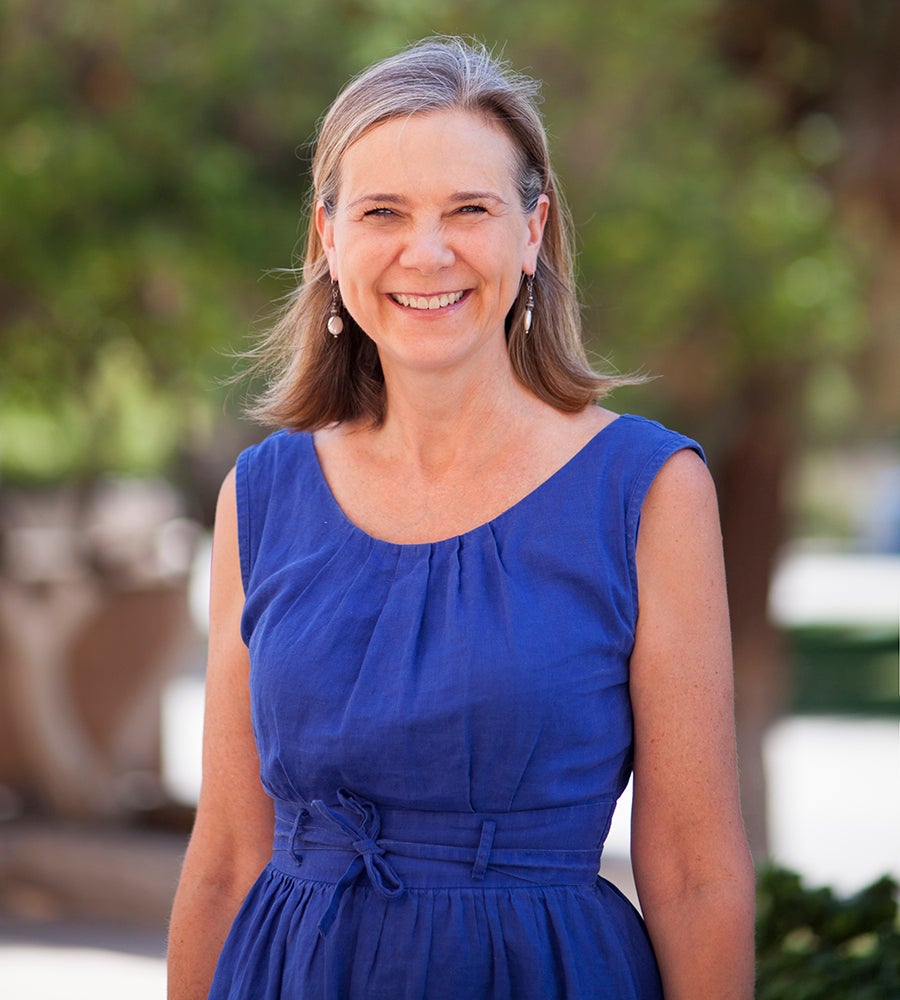From food insecurity to biodiversity collapse, the field of environmental humanities addresses big issues from an interdisciplinary angle, aiming to connect two fields that have traditionally been separate.
“The environmental humanities are invaluable because they give us the historical, ethical, literary, theoretical and storytelling tools we need to understand the complex phenomena that reveal the interconnections between, for example, poverty, racism and increased risk of harm from a virus,” said Joni Adamson, President's Professor of Environmental Humanities in Arizona State University’s Department of English and a distinguished sustainability scholar and director of the Environmental Humanities Initiative at the Julie Ann Wrigley Global Futures Laboratory.
In Adamson’s work, she writes on environmental justice, the centrality of the environmental humanities to the sustainability sciences, the design of desirable futures, Indigenous literatures and scientific literacies, the rights of nature movement and the food justice movement. Adamson is one of many scholars at ASU and The College of Liberal Arts and Sciences whose work focuses on environmental humanities.
Celina Osuna is the coordinator for the Institute for Humanities Research and the assistant director of the Desert Humanities Initiative. Her work explores literature, art and film from and about the desert Southwest, emphasizing the abundance of multicultural, multiethnic and multispecies stories of desert environments.
Juliann Vitullo is an associate professor of Italian studies in the School of International Letters and Cultures, co-director of the Humanities Lab and a senior sustainability scholar. She has written on various aspects of medieval, early modern and contemporary Italian culture with an emphasis on the relationship between textual traditions and the material world, including economics, food and gender studies.
For Earth Month, these three humanities faculty members shared their approach to environmental issues, how people can effect change and what gives them hope for the future.
Question: What are some current projects you’re working on that are at the intersection of the humanities and the environment?
Joni Adamson
Adamson: With an international five-university partnership funded by the Andrew Mellon Foundation, I am co-leading a food justice project that is bringing together interdisciplinary faculty from across ASU. We are exploring how a diverse array of factors that have long been studied within the humanities — including race, ethnicity, gender, age, ability, economic position and geography — influence the ways in which individuals and groups experience and react to complex social and environmental challenges such as food insecurities, economic inequities, human displacement and biodiversity collapse.
Osuna: It has become incredibly important for me, as a Chicanx from a desert place, to contribute scholarship that celebrates the abundance and wonder of the desert Southwest as much as it engages with the complexity of border violence and intergenerational trauma. … As part of my work in the Desert Humanities Initiative, I’ve organized an interdisciplinary panel for an event on May 11 about the relationships between water and desert environments. I’m also excited about a series of events on desert land that will be happening in the fall. Ron Broglio and I have been working with Heather Green and graphic designer Tyler Owens on a zine about the saguaro, which we hope will inform people about the extraordinary cactus native to the Sonoran Desert as much as showcase artwork inspired by saguaros. Right now I’m also preparing to host a literary salon for the Virginia G. Piper Writing Center’s Get Lit on May 6, where I’ll share my work and talk to people in our community about their own relationships with desert places.
Vitullo: I conduct research and teach a course on the Mediterranean lifestyle in Italy. The Mediterranean diet is heavily marketed as a universal solution to chronic disease in many societies, but the initial studies that developed the concept of the Mediterranean diet were based on local cultures in southern Italy and other Mediterranean territories; these communities still had strong relationships with their land and history through traditional ecological knowledge, which had been passed down to them by generations of peasants. By the end of the course, students understand that those kinds of traditional foodways exist across the globe and if we live in Arizona, in order to create a healthier and more sustainable food system here, we need to support the Indigenous food cultures of the Southwest while recognizing how much we have to learn from them.
Q: How does the study of the humanities and the environment overlap, and why is it important to take this perspective to environmental issues?
Adamson: If we have learned anything from the COVID-19 pandemic, it is that the social and ecological are inextricably connected. We know that viruses are natural and can spill over into human populations when they come into contact with wild animals in whom these viruses are not harmful, like bats. We also know that the discriminatory practices that have long targeted minority communities for polluting industries are, in many cases, effectively the same practices that are putting African, Latinx and Indigenous Americans at heightened risk for COVID-19.
Celina Osuna
Osuna: What became evident to me early on is how any humanistic endeavor is embedded in the environmental. For example, Mary Shelley’s "Frankenstein" is a canonical literary text. When I taught the book, most of my students had read or at least heard of "Frankenstein," but none of them had been asked to read the book and pay close attention to the natural environments before. Reading it this way, through an ecocritical lens, we got a chance to discuss how the environments in the novel mirrored or fueled the moods of the characters and how geographical distance or harsh climates perform. Watching them engage with the 200-year-old text and put it into contemporary discussions about climate change, hyperobjects and posthumanism demonstrated that the humanities can work toward addressing environmental issues. Across the humanities, whether it’s history, religion, languages, literature or philosophy — we are inevitably interested in people and place. What we sometimes don’t realize is that the humanities and the environment are always already interconnected.
Vitullo: Humanities are important for understanding the historical and cultural contexts in which we develop relationships to our environment. In order to create a healthy and sustainable food system, we need to explore how food connects us to each other as well as to other animals, plants and the land where we live. We need to investigate the histories and cultures of different food systems, decolonize the hierarchy that promotes the study and branding of certain traditional foodways while ignoring those of historically underrepresented communities, and support greater access to local food producers.
Q: This Earth Month, what issues do you feel are the most crucial to address and what can people do to effect change?
Osuna: The humanities is centered around storytelling. Right now, the Earth’s environment — through species extinction and endangerment, droughts, wildfires, sea level rise and an endless list of other ways — is telling us urgent stories. They are telling us as humans that our current practices — for example, dependency on fossil fuels and capitalism — are doing irreparable harm. What humanists have the skills to do well is listen, tell and interpret these stories that will hopefully effect change, but we do that best with the help of scientists, artists and the members of our community, who often have intergenerational connections to a place.
Juliann Vitullo
Vitullo: Creating sustainable, healthier and more equitable food systems, while also addressing climate change, is what motivates my research, teaching and community work. There are many ways to create a healthier and more sustainable local food system. You can buy locally produced food, support programs like Double Up Food Bucks that give more people greater access to fresh foods and advocate to protect local farmland in Maricopa County that is disappearing at an alarming rate.
Q: What gives you hope for the future of these issues?
Adamson: In my classes I always talk about the Decade of Action and am very optimistic, not that we will return the Earth to an Edenic state over the next 10 years, but that we can ensure our own survival and the survival of our planetmates into the next century. My students will be in charge of the planet long after I am gone, so I want them to understand that while humans are responsible for much of the activity that has caused climate change, they are also capable of imagining a different world and making choices to move in different directions. Based on the exciting work I see happening in my classes, I have no doubt that the ASU students in our classrooms today are the generation that will meet the challenges of the Decade of Action.
Osuna: My hope stems from finding ways to build community, and I think this is something most people would find to be true. The difficult part is sometimes finding community, but it starts with little things like walking into your local independent bookstore or volunteering for donation drives. There is a lot of work to be done in the face of unprecedented climate change, but there is no substitute for doing that work. The key is finding joy in this work, which I think comes from other people, their poetry or music, a good book, a moving film or inspiring art.
Vitullo: Every week when I participate in my community garden and farm bag subscription program, it gives me hope.
To learn more about Earth Month at ASU, visit earthmonth.asu.edu. Earth Month is a registered trademark of Brad Follett.
Top photo: Celina Osuna, coordinator for the Institute for Humanities Research and assistant director of the Desert Humanities Initiative, is pictured at Oak Flat in Arizona. Photo by Brad Kahlhamer
More Science and technology

Breakthrough copper alloy achieves unprecedented high-temperature performance
A team of researchers from Arizona State University, the U.S. Army Research Laboratory, Lehigh University and Louisiana State University has developed a groundbreaking high-temperature copper alloy…

4 ASU researchers named senior members of the National Academy of Inventors
The National Academy of Inventors recently named four Arizona State University researchers as senior members to the prestigious organization.Professor Qiang Chen and associate professors Matthew…

Transforming Arizona’s highways for a smoother drive
Imagine you’re driving down a smooth stretch of road. Your tires have firm traction. There are no potholes you need to swerve to avoid. Your suspension feels responsive. You’re relaxed and focused on…





